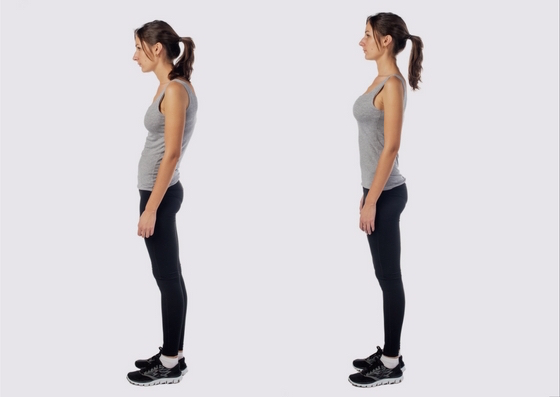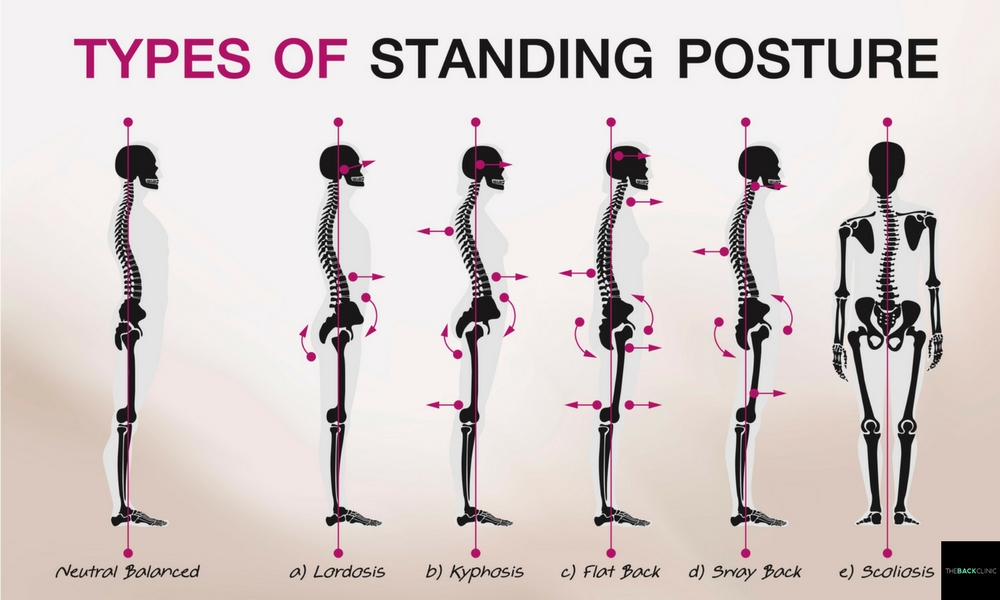by frogmin
Share
“SIT UP STRAIGHT!”
Was this expression used a lot by your parents while growing up? The importance of good, straight posture can’t be down played. However, by simply sitting up straight you will not correct structurally misaligned postures.
Good posture really is the window to your spine.
Good posture really is the window to your spine.
Consider, for a moment, these five reasons why posture is important:

Consider, for a moment, these five reasons why posture is important:
1) Good posture helps you perform better, whether it be in sports, work or study
2) You look, feel and act more confident
3) Good posture keeps your body functioning at more optimal levels (whereas bad posture may reduce function e.g. reduction in lung capacity due to compression)
4) Good posture decreases abnormal wear and tear on joints
5) When your muscles, joints and ligaments are working as nature intended, your vital organs and the nervous system are better able to function
Given that these benefits are associated with good posture habits, who wouldn’t want to have good posture! Here at The Back Clinic, we meet patients who need help correcting postural problems, including sway back posture. As chiropractors, we are well versed in the management of postural issues. Let’s explore this further.
PROBLEMS CAN ARISE WHEN YOUR POSTURE IS CROOKED
The common posture problems we see include sway back posture, lumbar lordosis, thoracic kyphosis and forward head posture. Over time, poor posture may increase your chances of developing a wide array of health problems. Odd postures put extra pressure and stress on your spine, shoulders, hips, and knees.
Can you relate to any of the postures in the image below?

Poor postures may cause or contribute to the following health problems:
- back pain
- hip, knee and leg pain
- neck tension and headaches
- overly tight muscles
- weaker muscles in other areas
- reduction in organ function e.g. lung capacity
- mood swings and irritability
WHAT IS SWAY BACK POSTURE?
Also called hyperlordosis, a sway back exaggerates the curve of the lower back. When standing, the belly appears to sag forward and your pelvis tilts forward to compensate.
Signs to look for if you’re worried about sway back posture:
- your pelvis may be tilted and positioned forward from your centre of gravity
- tight hamstring muscles (that pull the pelvis forward)
- incorrect posture that over time, holds your body in the sway back position
- forward head posture
- upper back curvature or ‘hunch’ like
- sunken chest
As one part of your body shifts away from neutral, other parts of your body shift to compensate. For example, a forward tilting pelvis may result in forward head posture, in what’s known as compensatory adaption. Each shift away from normal posture sets up new postural challenges.
RELATED PROBLEMS
Problems associated with tight hamstring muscles include:
- Misalignment of pelvis, contributing to:
- Back pain
- Disc degeneration
- Nerve interference
- Bulging discs
- Weak glutes and hip flexors
Problems associated with forward head posture may include:
- headaches
- neck tension
- fatigue and irritability
- reduced performance and capacity
Problems associated with a rounded upper back may include:
- development of a hunch
- tight chest muscles
- weak upper back muscles
Problems associated with a sunken chest may include:
- reduction in capacity of lungs
- trouble breathing
- tight muscles
TREATMENT FOR SWAY BACK POSTURE
- Any underlying structural issues need to be addressed – this is a fundamental
- If you want to address symptoms of pain and discomfort associated with poor posture, you’ll need to invest in posture correction/rehabilitation
- A series of chiropractic adjustments and mobilisations aim to increase joint range of motion, increase flexibility and restore a more normal alignment to hips and spine
- Soft tissue and remedial massage therapy works ‘hand in hand’ with chiropractic as treatment options for sway back posture
- Specific stretches and exercises focused on relaxing tight muscles and building strength in weak areas (core, glutes, hip flexors)
Other things you can do to help sway back posture
Avoid sleeping on your stomach and invest in a new, firm mattress. Have your workstation ergonomically assessed. Take up functional training or stretch classes that engage a wider variety of muscles compared to traditional gym training. Check out these tips on how you can improve your posture.
CONSULT OUR CLINIC
Are you interested in learning how chiropractic may help you to reduce pain, improve posture and perform better? Let’s work together to improve your health – find out more here >>